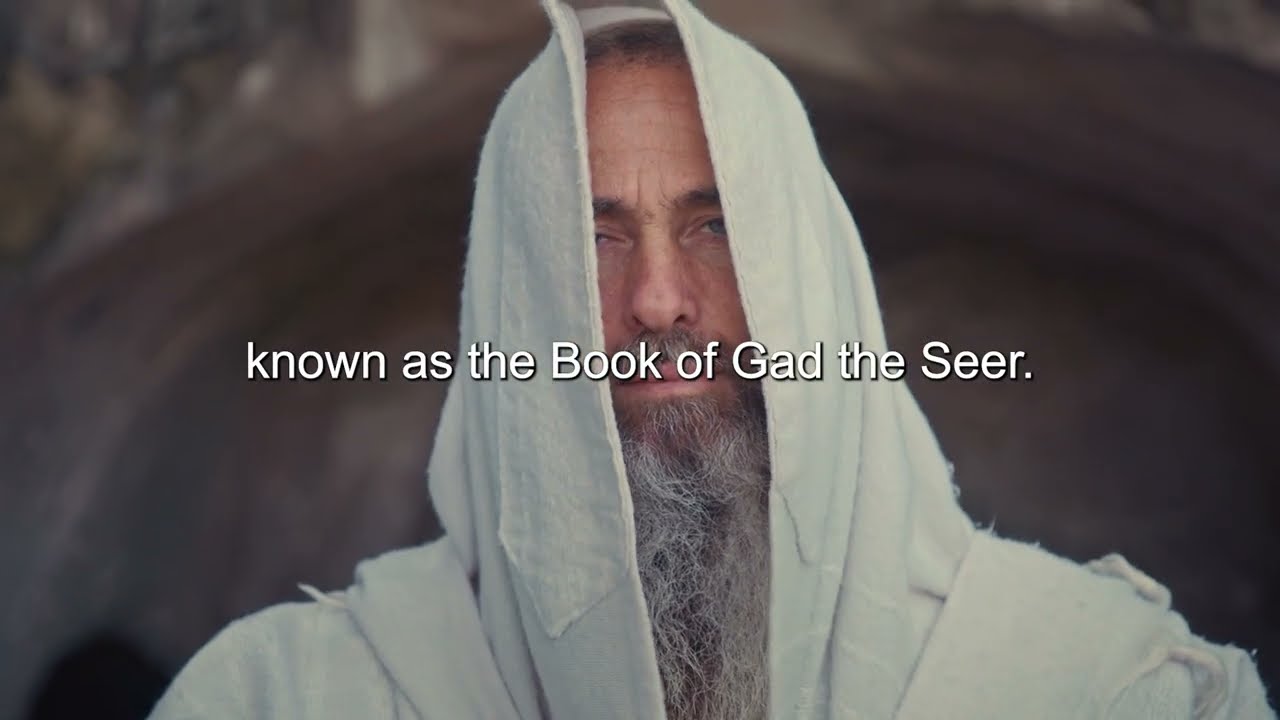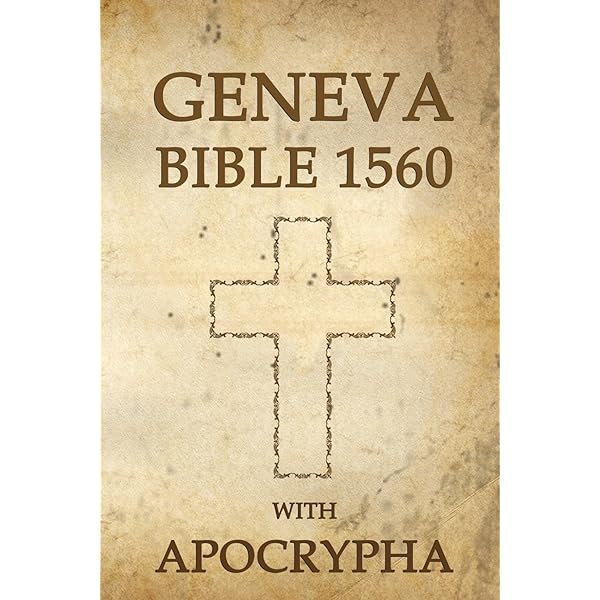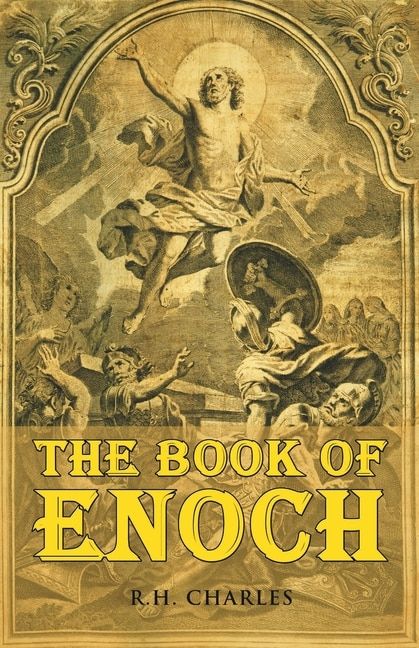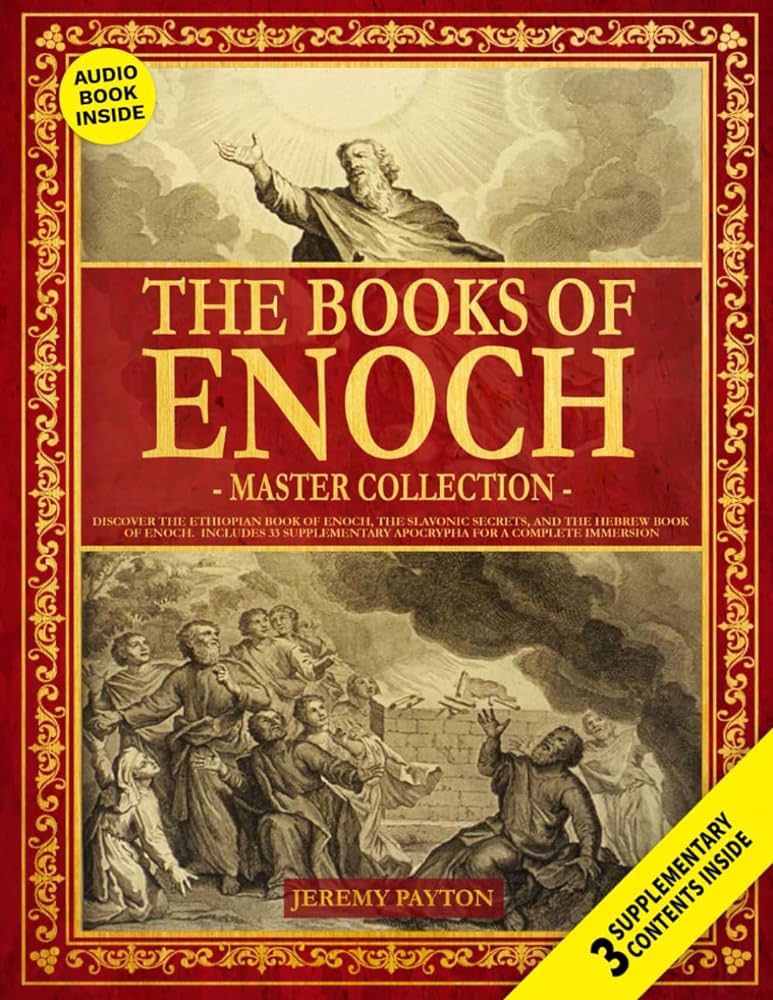The book of enoch is a fascinating and enigmatic text that has captured the attention of scholars and theologians for centuries. Believed to have been written sometime between the 3rd century BCE and the 3rd century CE, this non-canonical work offers unique insights into early Jewish thought and apocalyptic literature. However, one of the most intriguing aspects of this book is the question of how many chapters it contains.
In this article, we will delve into the complexities surrounding the number of chapters in the Book of Enoch. We will explore its structure, themes, and historical context, as well as the debates and controversies surrounding its canonization. Join us on a journey through the mysterious and alluring chapters of the Book of Enoch.
Exploring the Chapters of the Book of Enoch

Before we dive into the question of the number of chapters in the Book of Enoch, let’s take a closer look at the text itself. The Book of Enoch is traditionally divided into five parts or books, each with its own unique themes and literary style.
Book of the Watchers (Chapters 1-36)
This section of the book is considered to be the oldest and most complete, dating back to the 2nd century BCE. It focuses on the story of the fallen angels, known as the Watchers, who came down to Earth and began to corrupt humanity. This part also introduces the concept of apocalyptic judgment and the coming of the Messiah.
The Watchers are described as celestial beings who were sent to Earth to watch over and guide humanity. However, they soon became corrupted by their desire for human women and rebelled against God. Their union with human women resulted in the birth of the Nephilim, a race of giants believed to be the offspring of angels and humans.
The Book of the Watchers lays the foundation for the apocalyptic themes that run through the entire book. It also establishes the concept of fallen angels and their role in corrupting humanity, which can be seen in other ancient texts such as the Book of Genesis, where the story of the Nephilim is briefly mentioned.
Book of the Parables (Chapters 37-71)
This section is also known as the Book of Similitudes or the Book of Enoch the Second. It is believed to have been written in the early 1st century CE and reflects a strong influence from the New Testament. The Book of the Parables expands on the apocalyptic themes introduced in the previous section and focuses on the judgment of the wicked and the establishment of God’s kingdom on Earth.
One of the significant features of this section is the use of parables to convey its message. These parables are often interpreted as allegories for real-world events, making this part of the book particularly intriguing for scholars.
Book of Astronomy (Chapters 72-82)
The Book of Astronomy, also known as the Book of the Heavenly Luminaries, is believed to have been written around the 3rd century BCE. As the name suggests, it deals with topics related to astronomy and cosmology, including the movements of the sun, moon, and stars, and the calendar.
This section also delves into the concept of the ages of the world, portraying a cyclical view of history where each age is characterized by a specific set of events and catastrophes. This idea is also present in other ancient Jewish and Christian texts, such as the Book of Daniel and the Book of Revelation.
Book of Dreams (Chapters 83-90)
The Book of Dreams, also known as the Book of Dream Visions, is believed to have been written in the 2nd century BCE. It consists of a series of visions and dreams that Enoch experiences, which are then interpreted by an angel. These visions include prophecies of future events, including the coming of the Messiah and the end of the world.
This section also introduces the concept of resurrection, where the righteous will be raised to eternal life and the wicked will face eternal punishment. This idea is a prevalent theme in both Jewish and Christian apocalyptic literature.
Book of Giants (Chapters 91-105)
The Book of Giants is a fragmentary text that has been discovered among the Dead Sea Scrolls. It is believed to have been written around the 2nd century BCE and expands on the story of the Nephilim mentioned in the Book of the Watchers.
This section describes the rebellion of the giants against the Watchers and their eventual destruction in the great flood. While it is not officially considered part of the Book of Enoch, it provides further insights into the early Jewish belief in fallen angels and their role in corrupting humanity.
The Structure and Content of the Book of Enoch

One of the reasons why determining the exact number of chapters in the Book of Enoch is so challenging is the multiple versions and translations of the text. The most commonly used version is the Ethiopian Orthodox Church’s traditional Ge’ez manuscript, which contains 108 chapters.
However, this version is not considered the most accurate due to its translation and transcription errors. The most reliable version is the one found among the Dead Sea Scrolls, which only contains 82 chapters. There are also fragments found in other ancient texts, such as the Greek Septuagint and the Latin Vulgate, which contain varying numbers of chapters.
Another factor that adds to the complexity of the book’s structure is the presence of overlapping themes and content between the different sections. For example, the Book of Parables contains many passages that are also present in the Book of the Watchers. This overlap makes it challenging to determine where one section ends and another begins.
Key Themes and Concepts in the Book of Enoch

The Book of Enoch is a rich and complex text that explores a wide range of themes and concepts. Here are some of the key ones:
Apocalyptic Literature
Apocalyptic literature is a genre that flourished during the Second Temple period (around the 6th century BCE to the 1st century CE). It deals with the end times, the judgment of the wicked, and the establishment of God’s kingdom on Earth. The Book of Enoch belongs to this genre and shares many similarities with other apocalyptic texts, such as the Book of Daniel and the Book of Revelation.
Fallen Angels
The idea of fallen angels is a prevalent theme in the Book of Enoch. According to the text, these angels were sent to Earth to watch over humanity but became corrupted by their desire for human women. They are believed to be responsible for teaching humans forbidden knowledge and introducing sin and corruption into the world.
Nephilim
The Nephilim are the offspring of the union between fallen angels and human women. They are portrayed as giants and are often seen as symbols of evil and chaos. The story of the Nephilim can also be found in the Bible, specifically in the Book of Genesis.
Messianic Prophecies
The Book of Enoch contains numerous messianic prophecies, which predict the coming of a savior who will defeat the forces of evil and establish God’s kingdom on Earth. These prophecies are often seen as fitting into the Jewish belief in a Messiah and have influenced the development of early Christian theology.
Resurrection and Judgment
The concept of resurrection and judgment is another important theme in the Book of Enoch. It presents a view of the afterlife where the righteous will be resurrected and rewarded with eternal life, while the wicked will be punished with eternal damnation. This idea of a final judgment has had a significant impact on both Jewish and Christian beliefs.
The Role of the Book of Enoch in Religious and Historical Contexts

The Book of Enoch holds a unique position in biblical studies due to its non-canonical status. While it is not recognized as part of the Jewish or Christian scriptures, it has still played an essential role in shaping religious and historical contexts.
Early Christianity
The Book of Enoch was highly influential in early Christianity. Many of its themes and concepts can be found in the New Testament, particularly in the Gospels and the Book of Revelation. Some scholars even believe that Jesus and his disciples were familiar with the text and may have incorporated some of its ideas into their teachings.
Judaism
While the Book of Enoch is not considered a sacred text in Judaism, it has still had an impact on Jewish belief and tradition. Many of its themes can be seen in other Jewish texts, and some even see it as a precursor to the development of rabbinic Judaism.
Islamic Tradition
The Book of Enoch also holds significance in Islam. It is believed that the prophet Idris (Enoch) was the one who received the revelations contained in the book. The Quran mentions Enoch as a prophet, and some Muslims consider the book to be part of their sacred literature.
The Significance and Legacy of the Book of Enoch

The Book of Enoch’s enduring legacy lies in its influence on early religious thought and literature. Its themes and concepts can be seen in numerous ancient texts, and its apocalyptic vision of the end times has shaped the beliefs of many cultures and religions.
Furthermore, the Book of Enoch offers valuable insights into the development of Jewish and Christian theology and the evolution of apocalyptic literature. Its inclusion in the Dead Sea Scrolls has also shed light on its significance in the Second Temple period and its impact on Jewish and Christian communities.
Conclusion
In conclusion, the question of how many chapters are in the Book of Enoch is a complex one that has puzzled scholars for centuries. The multi-layered nature of the text, as well as the various versions and translations, have made it challenging to determine an exact number.
However, the mysteries and controversies surrounding this enigmatic book only add to its allure. Its unique blend of apocalyptic themes and historical context offer a glimpse into early Jewish and Christian thought, making it a valuable text for both scholars and believers alike.
